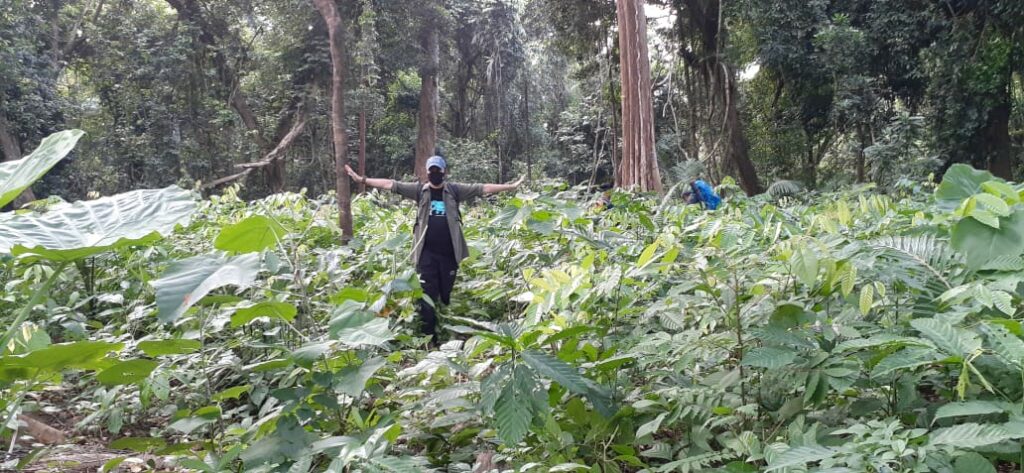How Arenga Palm Removal is Saving Rhinos
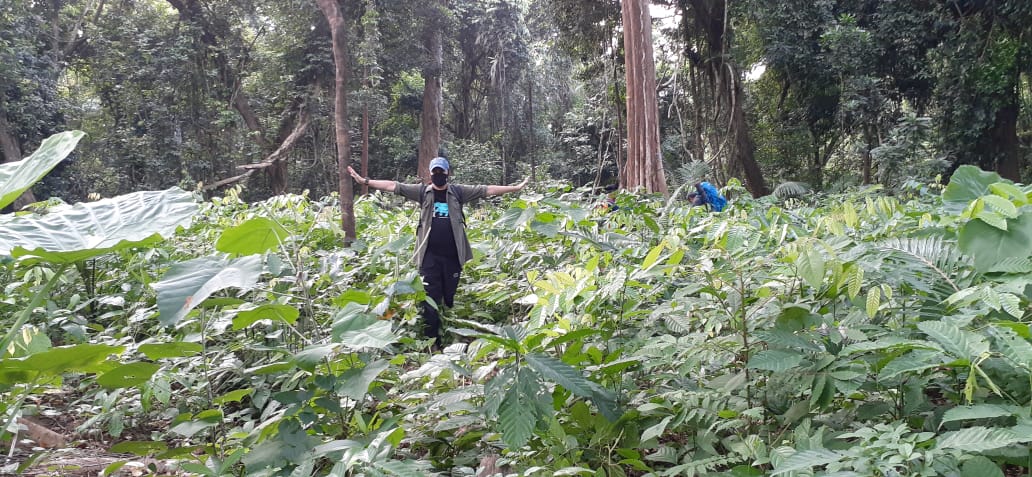
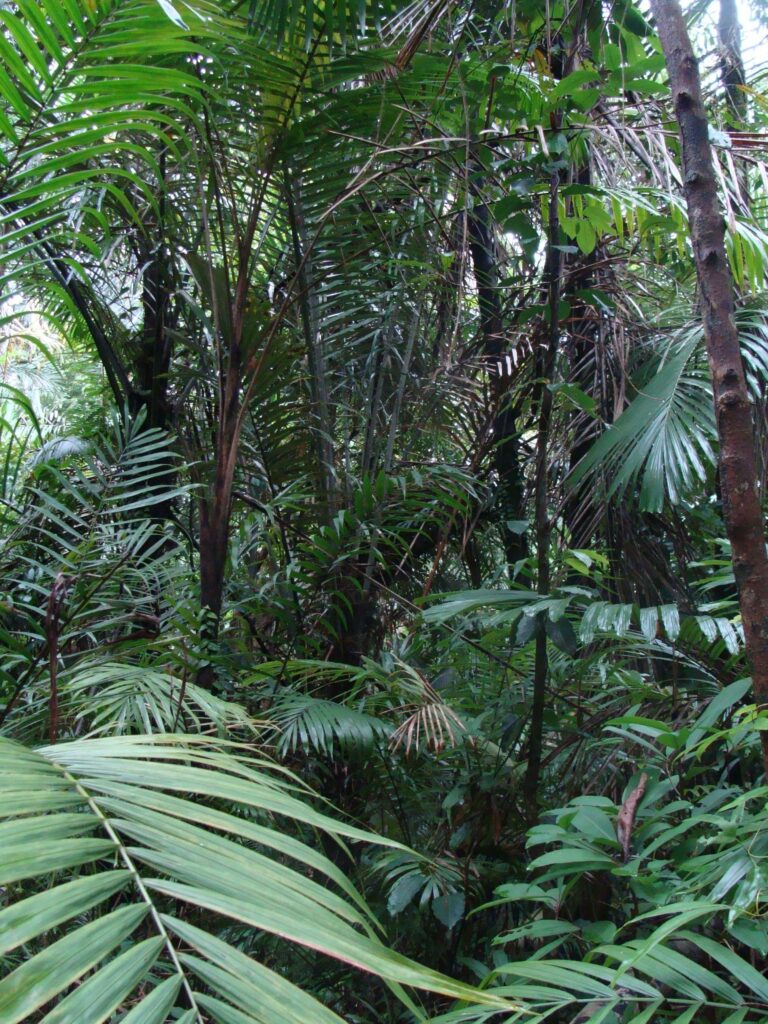
Javan rhinos exist only in Indonesia’s Ujung Kulon National Park (UKNP), and one of the major challenges for the recovery of this critically endangered species is the availability of viable habitat.
Indonesia established an additional 5,100 hectare area in UKNP called the Javan Rhino Study and Conservation Area (JRSCA) to expand the habitat for the rhinos. Rhinos move around in search of food sources and mates and will settle into a new area if both are available.
Arenga obtusifolia, commonly known as Arenga palm, is a fast growing, dominant plant species that naturally occurs in UKNP, and it chokes out other native plant species, including the rhinos’ preferred food plants.
Arenga palm can grow to heights up to 16 meters, dominating the canopy. It spreads rapidly and closes off access to the new habitat for rhinos.
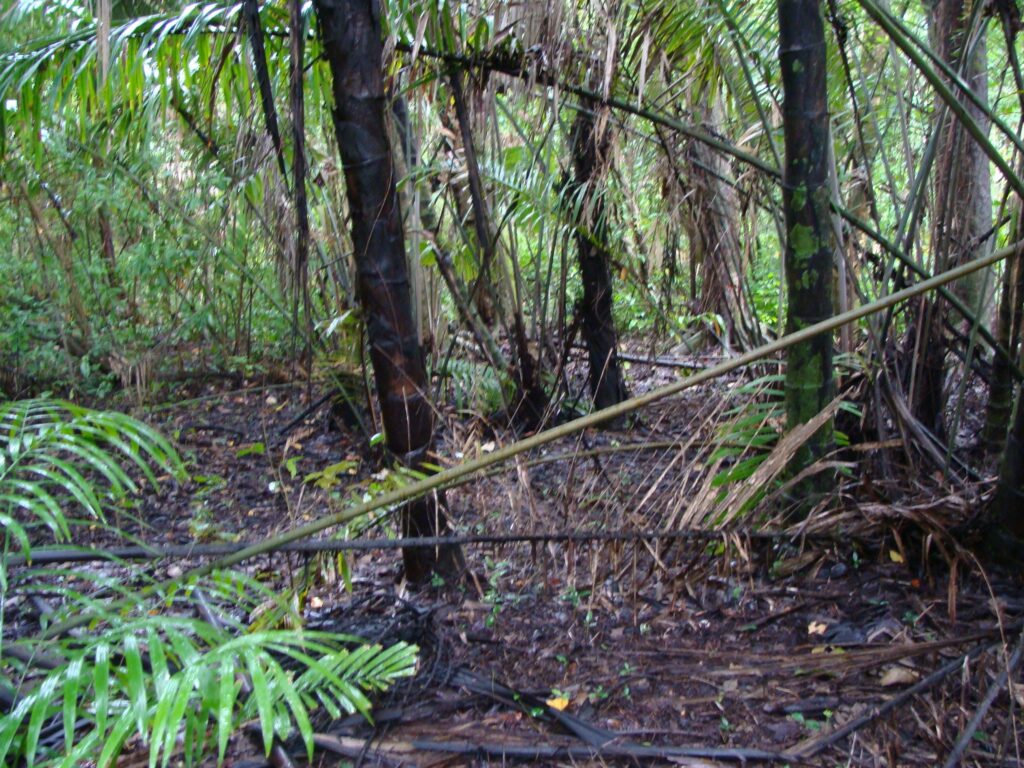
In 2011, we began a program with the national park to remove Arenga palm one hectare at a time, creating more usable space and food availability for the critically endangered Javan rhino. The program hires local workers to manually control the Arenga palm using basic equipment including hand saws, shovels, hoes, and pruning shears to make as little noise as possible and avoid disturbing the normally reclusive rhino. The Javan rhino’s preferred foods regenerate naturally, and quickly, in the removal areas, attracting rhinos and helping ensure their continued survival.
In 2020, 250 local workers that live in communities bordering UKNP were hired to clear Arenga palm from 50 hectares of the JRSCA. The additional income supplements their work as farmers and comes after the harvest season.
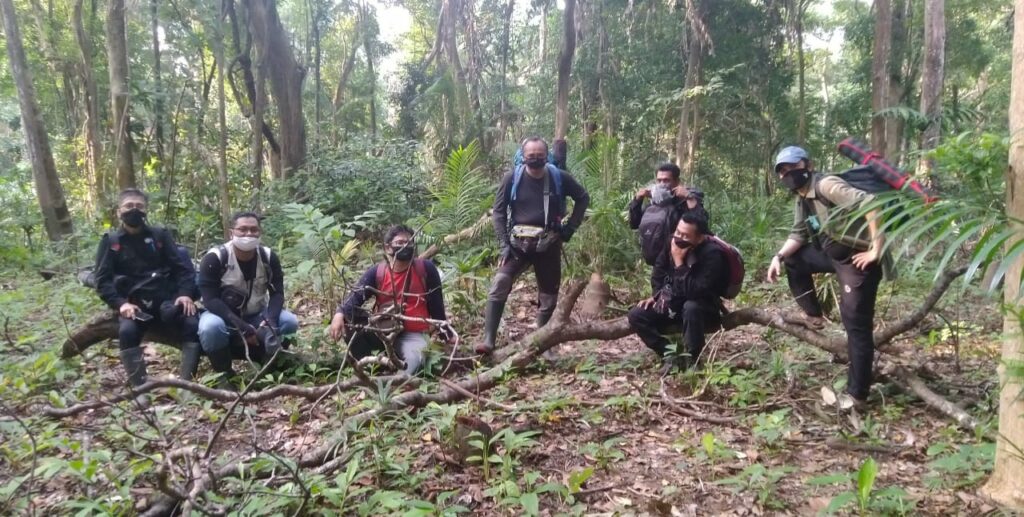
When the Arenga is cleared, it gives a chance for other plant species to grow back quickly on their own. These plant species are just the type the Javan rhinos prefer to eat, so it doesn’t take long before they start to move back into the areas that have been cleared of Arenga. This increases the amount of suitable habitat for the Javan rhino within the national park, increasing the population’s potential to grow.
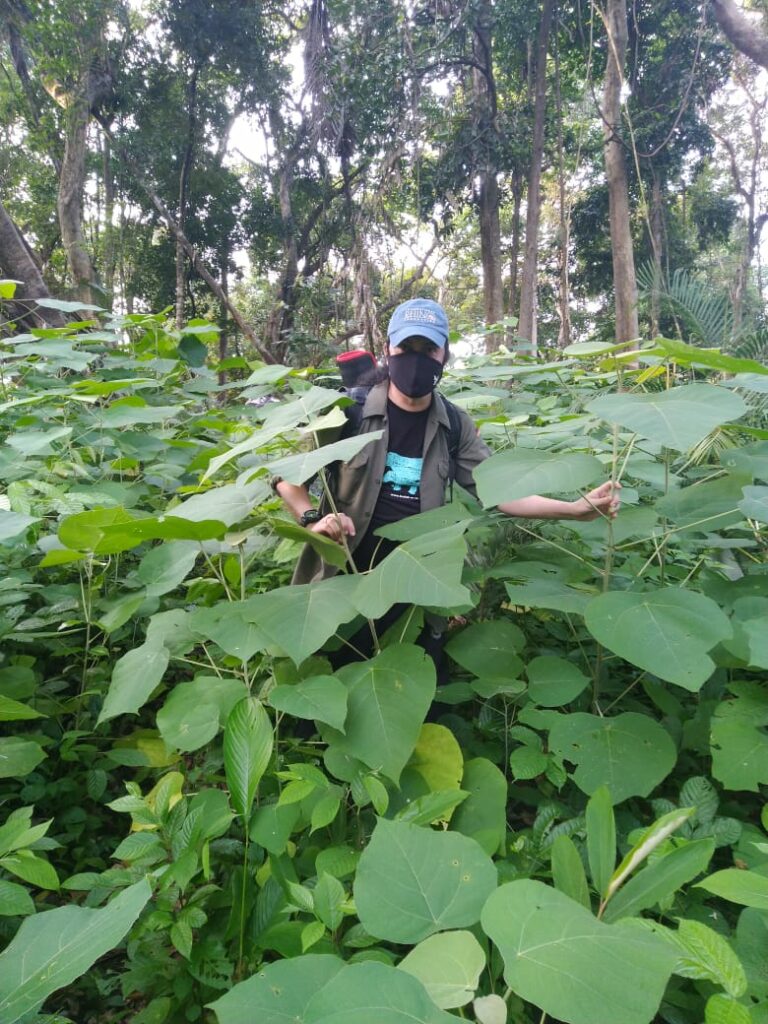
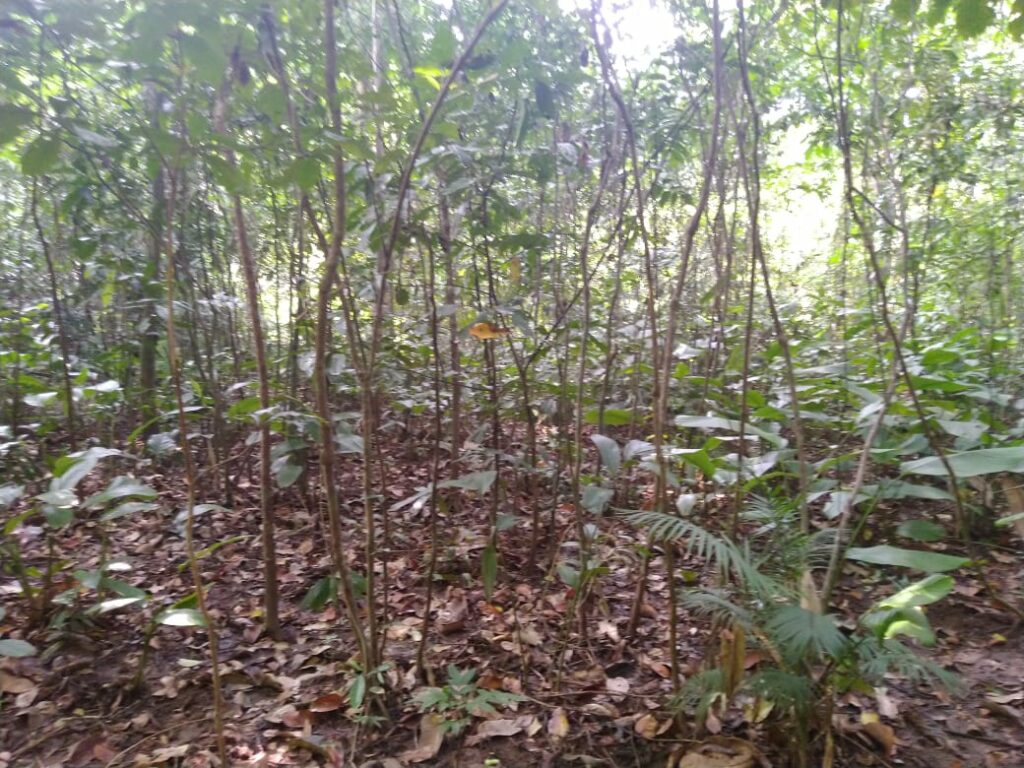
The opportunity to see this critically endangered species in its natural habitat is the result of the commitment of the Indonesian government, park officials and local farmers. We are so proud of the success of the Arenga removal project and thankful for all supporting it.
